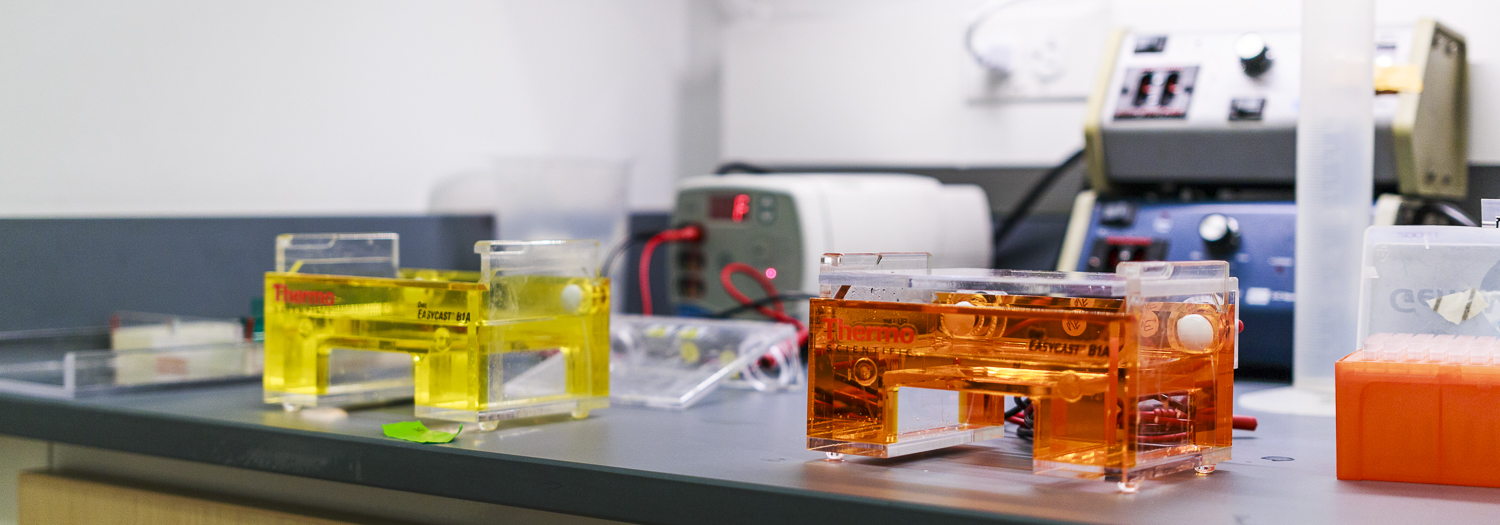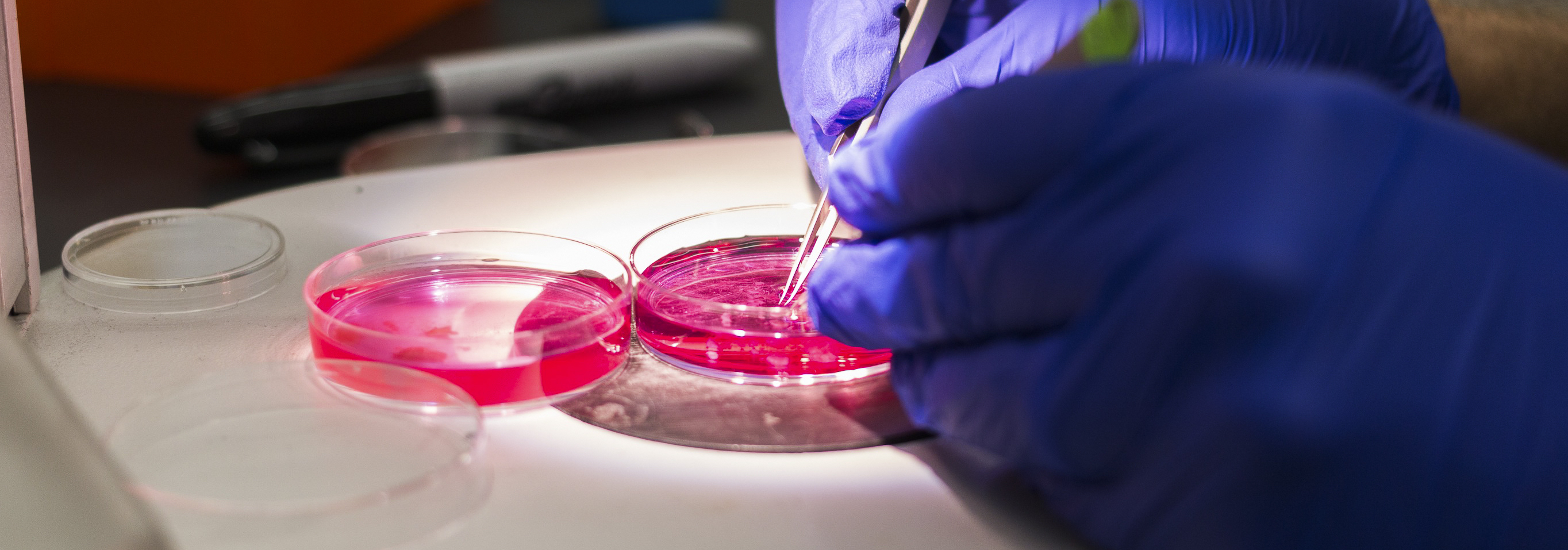Publications
2025
Enhanced transcriptional activation in developing mouse photoreceptorsPatierno BM, Emerson MM
2022
Identification of cis-regulatory modules for adeno-associated virus-based cell-type-specific targeting in the retina and brainLin CH, Sun Y, Chan CSY, Wu MR, Gu L, Davis AE, Gu B, Zhang W, Tanasa B, Zhong LR, Emerson MM, Chen L, Ding JB, Wang S
2021
Early cis-regulatory events in the formation of retinal horizontal cellsSchick E, Gonzalez KC, Dutta P, Hossain K, Ghinia Tegla MG, Emerson MM
Notch signaling represses cone photoreceptor formation through the regulation of retinal progenitor cell statesChen X, Emerson MM
2020
OTX2 represses sister cell fate choices in the developing retina to promote photoreceptor specificationGhinia Tegla MG, Buenaventura DF, Kim DY, Thakurdin C, Gonzalez KC, Emerson MM
Cis-regulatory analysis of Onecut1 expression in fate-restricted retinal progenitor cellsPatoori S, Jean-Charles N, Gopal A, Sulaiman S, Gopal S, Wang B, Souferi B, Emerson MM
2019
Identification of genes with enriched expression in early developing mouse cone photoreceptorsBuenaventura DF, Corseri A, Emerson MM
Lineage tracing analysis of cone photoreceptor associated cis-regulatory elements in the developing chicken retinaSchick E, McCaffery SD, Keblish EE, Thakurdin C, Emerson MM
Quantitative analysis of the ThrbCRM1-centered gene regulatory networkSouferi B, Emerson MM
2018
Identification and characterization of early photoreceptor cis-regulatory elements and their relation to Onecut1Jean-Charles N, Buenaventura DF, Emerson MM
Fate-restricted retinal progenitor cells adopt a molecular profile and spatial position distinct from multipotent progenitor cellsBuenaventura DF, Ghinia-Tegla MG, Emerson MM
2014
A Gene Regulatory Network Controls the Binary Fate Decision of Rod and Bipolar Cells in the Vertebrate RetinaWang S, Sengel C, Emerson MM, Cepko CL
2013
Drosophila semaphorin2b is required for the axon guidance of a subset of embryonic neuronsEmerson MM, Long JB, Van Vactor D
Otx2 and Onecut1 promote the fates of cone photoreceptors and horizontal cells and repress rod photoreceptorsEmerson MM, Surzenko N, Goetz JJ, Trimarchi J, Cepko CL
2011
Identification of a retina-specific Otx2 enhancer element active in immature developing photoreceptorsEmerson MM, Cepko CL
2009
Analysis of thyroid response element activity during retinal developmentBillings NA, Emerson MM, Cepko CL
2007
Enabled plays key roles in embryonic epithelial morphogenesis in Drosophila Gates J, Mahaffey JP, Rogers SL, Emerson M, Rogers EM, Sottile SL, Van Vactor D, Gertler FB, Peifer M
2003
Novel insights into the regulation of the timeless proteinAshmore LJ, Sathyanarayanan S, Silvestre DW, Emerson MM, Schotland P, Sehgal A
2002
A Drosophila homolog of cyclase-associated proteins collaborates with the Abl tyrosine kinase to control midline axon pathfindingWills Z, Emerson M, Rusch J, Bikoff J, Baum B, Perrimon N, Van Vactor D
Robo is Abl to block N-Cadherin functionEmerson MM, Van Vactor D
1999
Structure and evolution of the alternatively spliced fast troponin T isoform geneBucher EA, Dhoot GK, Emerson MM, Ober M, Emerson CP
1998
Response of the timeless protein to light correlates with behavioral entrainment and suggests a nonvisual pathway for circadian photoreceptionYang Z, Emerson M, Su HS, Sehgal A
Conserved regions of the timeless (tim) clock gene in Drosophila analyzed through phylogenetic and functional studiesOusley A, Zafarullah K, Chen Y, Emerson M, Hickman L, Sehgal A




